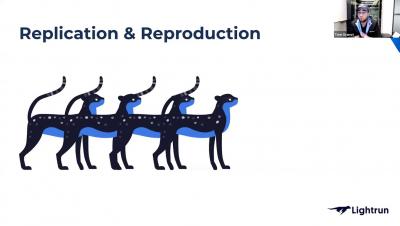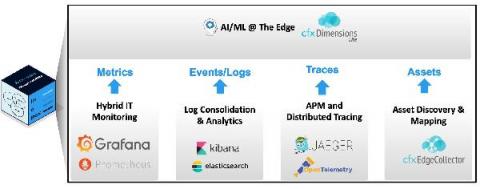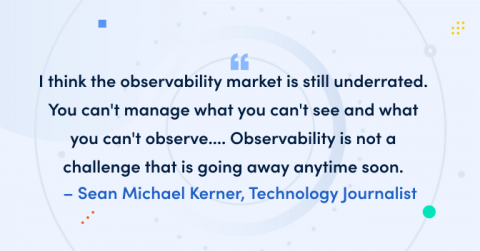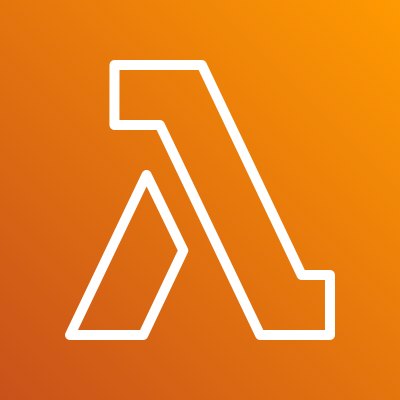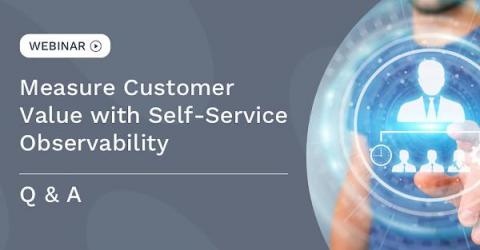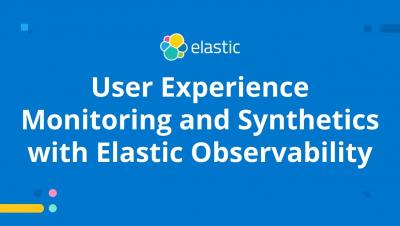Operations | Monitoring | ITSM | DevOps | Cloud
Observability
The latest News and Information on Observabilty for complex systems and related technologies.
Infrastructure Observability with Resource Events
You may have seen the Honeycomb white paper on metrics, and want to use the power of Honeycomb with metrics. Sending infrastructure metrics data to Honeycomb has always been possible, but with our focus on debugging the user experience inside the application, it isn’t the first or most obvious thing to do. This post will discuss why we use metrics in general and how to think about metrics in Honeycomb.
HAProxy Log Sampling
Log Sampling is a powerful feature introduced in HAProxy 2.0 that lets you define a percentage of your logs to create a representative view of your data allowing you to minimize your costs. Log files are the key to observability. They can provide helpful information that can be used for debugging as well as analytics that can be used to understand how users interact with an application.
Doing AIOps Right: Addressing Monitoring Gaps with Observability-in-a-Box
Are your current expensive, traditional or legacy monitoring tool implementations holding you back? It may be time to look into Observability architectures.
Achieve Better Observability into AWS Services with the AWS CloudWatch Monitoring Template
Amazon CloudWatch — Amazon’s built-in infrastructure monitoring tool — monitors your Amazon Web Services (AWS) resources and the applications you run on AWS in real time. Here’s what you can do with this tool and how to access AWS CloudWatch monitoring dashboards.
The observability market is heating up, but is it more than just hype? Industry watchers weigh in
The observability market is undoubtedly hot. Consider the headline-grabbing evidence: multiple IPOs, hundreds of millions of dollars in venture capital funding for startups, and huge market caps of vendors playing in the space totalling more than $80 billion. Still, it has to be asked: Is all the hype warranted, or is this really just “absurdability”? We asked seven industry watchers to weigh in.
Announcing Honeycomb's extension for the AWS Lambda Runtime Logs API
Today, AWS announced the AWS Lambda Runtime Logs API, a new way to easily send logs from AWS Lambda functions directly to your destination of choice. AWS Lambda Extensions, announced in October, provide the ability to run code in parallel that is independent of your function’s lifecycle. We’ve created an extension that utilizes the Lambda Runtime Logs API to send your logs directly to Honeycomb.
Measure Customer Value with Self-Service Observability
DevOps practices, and the teams that implement them, are becoming increasingly critical to the value which any company provides its customers. This was the key message throughout a recent fireside chat between DevOps Institute Chief Ambassador Helen Beal and Moogsoft VP of Product and Design Adam Frank. A great paradox of the digital era is that, once written, software is invisible to those who write it.
An Introduction to our New Product: Logz.io Distributed Tracing
Yesterday we were excited to announce Logz.io Distributed Tracing, the most recent addition to our Cloud-Native Observability Platform. This is such a special launch for us because it makes Logz.io the only place where engineers can use the best open source monitoring tools for logs, metrics, and traces – known as the ‘three pillars’ to observability – together in one place.


